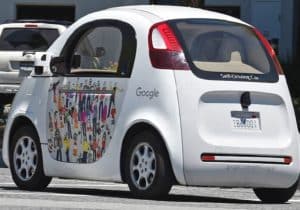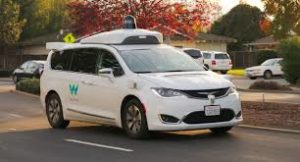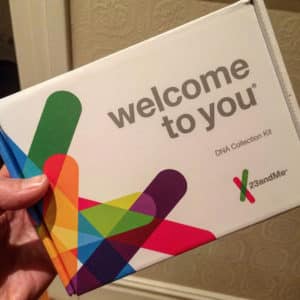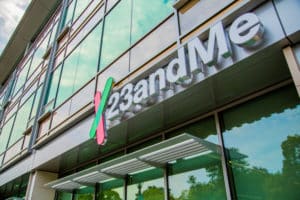Waymo is a self-driving car development company and a subsidiary of Google’s parent company Alphabet.
The company was started by Sebastian Thrun, a co-inventor of Google Street View. The development team consisted of 15 Google employed engineers, who won the 2005 DARPA prize of $2 million.
Their self-driving cars began testing in 2009. Some states had issues with the vehicles as all traffic and parking laws were made with the idea that a human being was driving and was ultimately responsible.
Nevada passed laws in 2011 allowing for special plates and identification of self-driving cars but still required that one person is behind the wheel in case of emergency or malfunction. 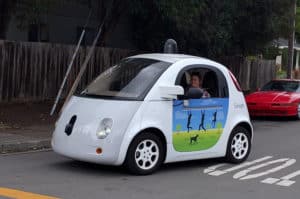
In 2014, the company unveiled a new prototype with no controls at all – no brake pedal, steering wheel, or gas pedal. This vehicle, nicknamed Firefly, was tested in San Francisco, California, as well as in Santa Clara, California, as well as Austin, Texas. No problems were encountered.
Google’s robotic cars have about $150,000 in equipment including a LIDAR system. The rangefinder is mounted on top of the vehicle, which uses a Velodyne 64-beam laser. This laser allows the vehicle to generate a detailed 3D map of the environment. The car then takes these generated maps and combines them with high-resolution maps of the world, producing different types of data models that allow it to drive itself. 
There have been a total of 12 accidents involving self-driving cars, none of which were deemed to be the automated cars fault, but rather, persons either manually driving the vehicle or the other vehicle’s driver is at fault.
Waymo has begun an “early rider” program where these automated cars are being used by real persons in everyday situations. These tests are, at this time, only being conducted in Kirkland, Washington, Austin, Texas, metro Phoenix, Arizona, and the Mountain View, California, areas.
In 2017, the company introduced Chrysler hybrid mini-van Pacifica models, the first mass-produced, fully automated cars in the world.
WaymoWaymo is a self-driving car development company and a subsidiary of Google’s parent company Alphabet.
The company was started by Sebastian Thrun, a co-inventor of Google Street View. The development team consisted of 15 Google employed engineers, who won the 2005 DARPA prize of $2 million.
History
Their self-driving cars began testing in 2009. Some states had issues with the vehicles as all traffic and parking laws were made with the idea that a human being was driving and was ultimately responsible.
Nevada passed laws in 2011 allowing for special plates and identification of self-driving cars but still required that one person is behind the wheel in case of emergency or malfunction. 
In 2014, the company unveiled a new prototype with no controls at all – no brake pedal, steering wheel, or gas pedal. This vehicle, nicknamed Firefly, was tested in San Francisco, California, as well as in Santa Clara, California, as well as Austin, Texas. No problems were encountered.
Google’s robotic cars have about $150,000 in equipment including a LIDAR system. The rangefinder is mounted on top of the vehicle, which uses a Velodyne 64-beam laser. This laser allows the vehicle to generate a detailed 3D map of the environment. The car then takes these generated maps and combines them with high-resolution maps of the world, producing different types of data models that allow it to drive itself. 
There have been a total of 12 accidents involving self-driving cars, none of which were deemed to be the automated cars fault, but rather, persons either manually driving the vehicle or the other vehicle’s driver is at fault.
Waymo has begun an “early rider” program where these automated cars are being used by real persons in everyday situations. These tests are, at this time, only being conducted in Kirkland, Washington, Austin, Texas, metro Phoenix, Arizona, and the Mountain View, California, areas.
In 2017, the company introduced Chrysler hybrid mini-van Pacifica models, the first mass-produced, fully automated cars in the world.
